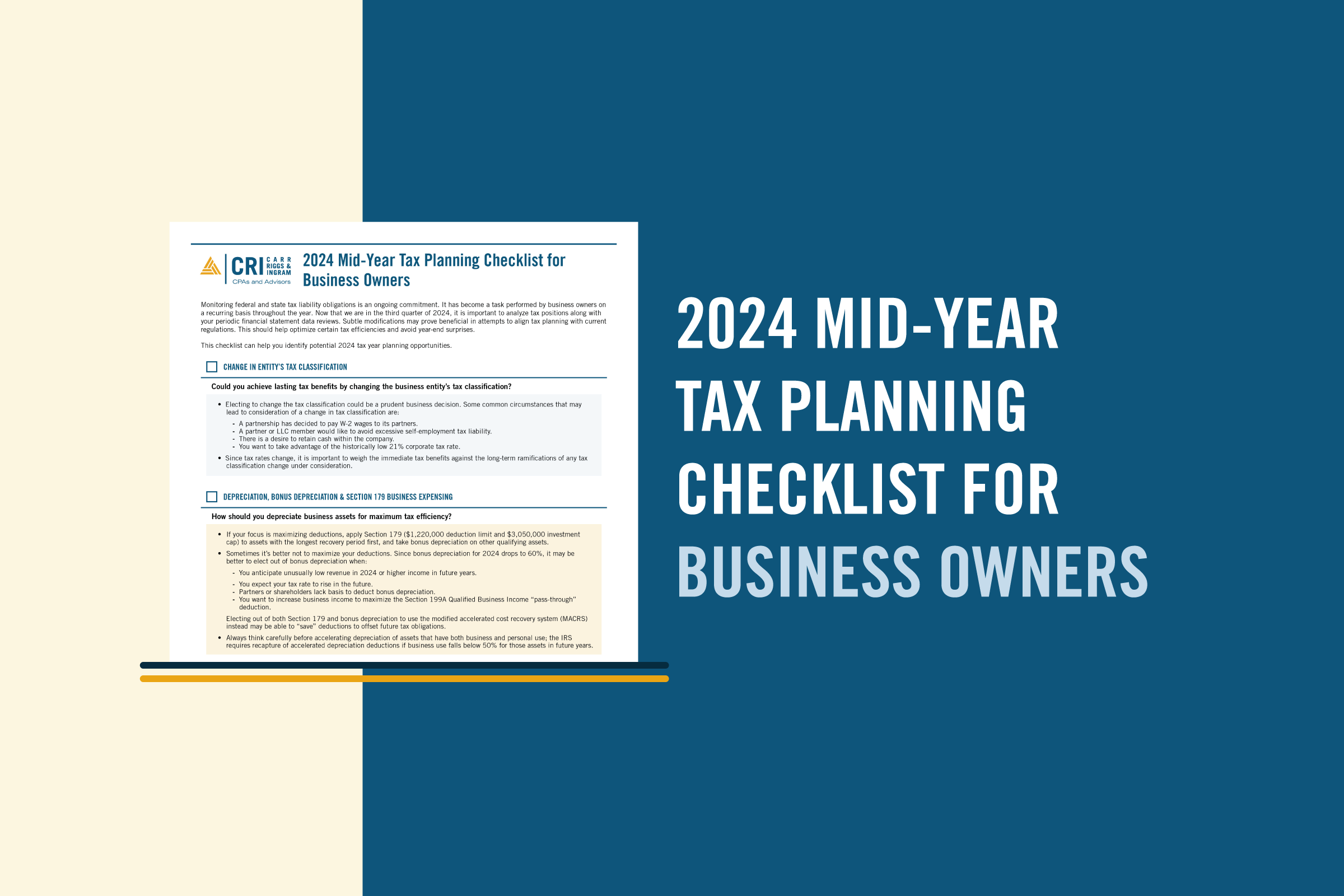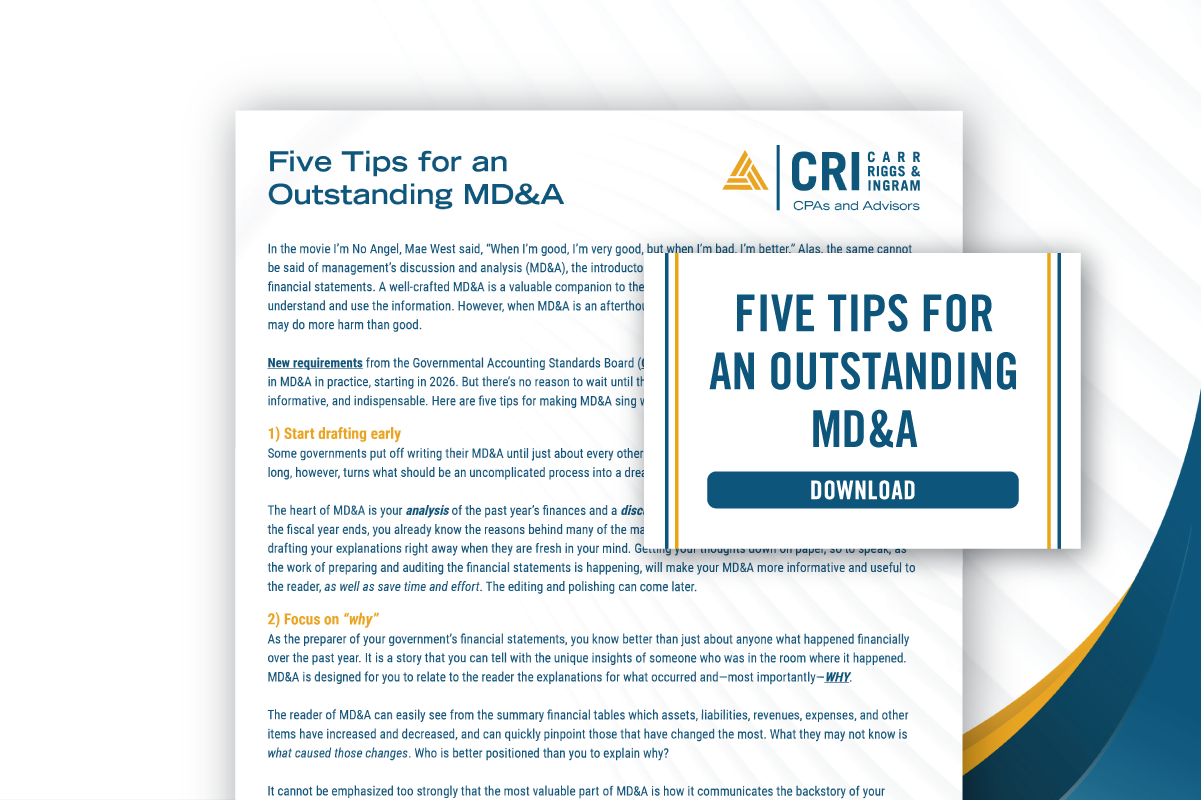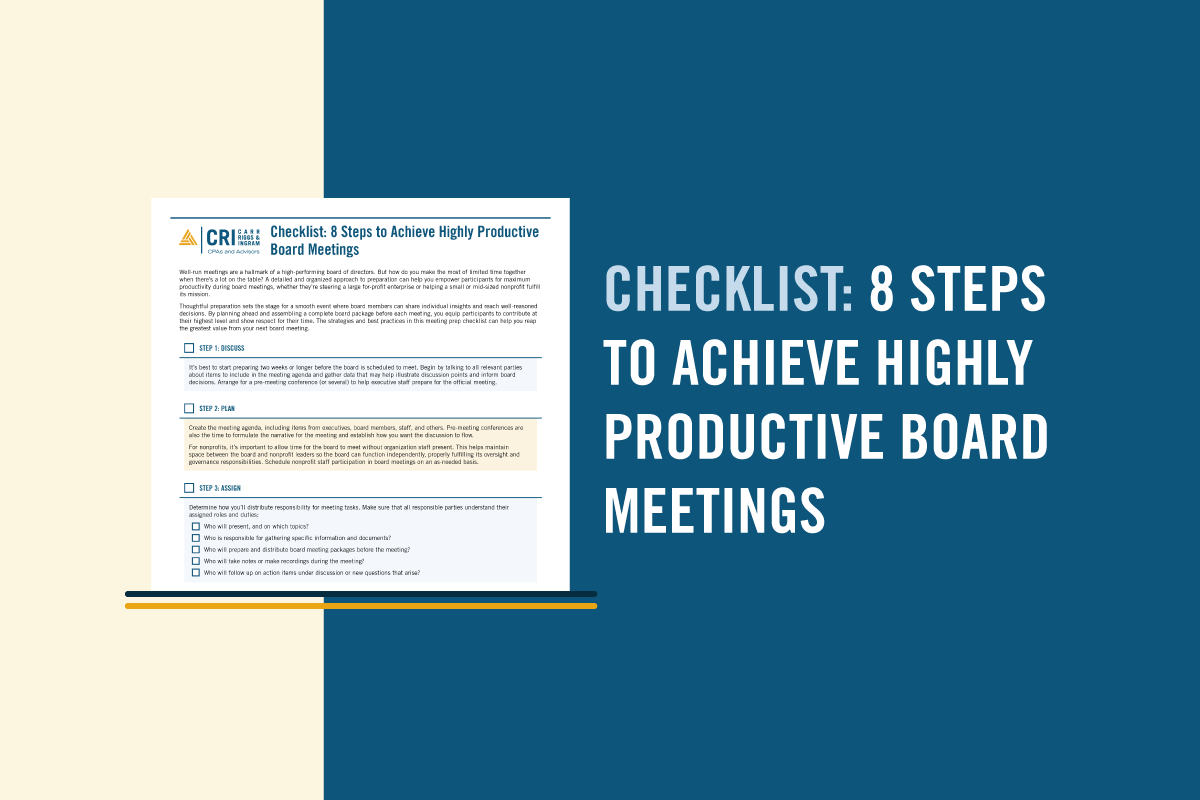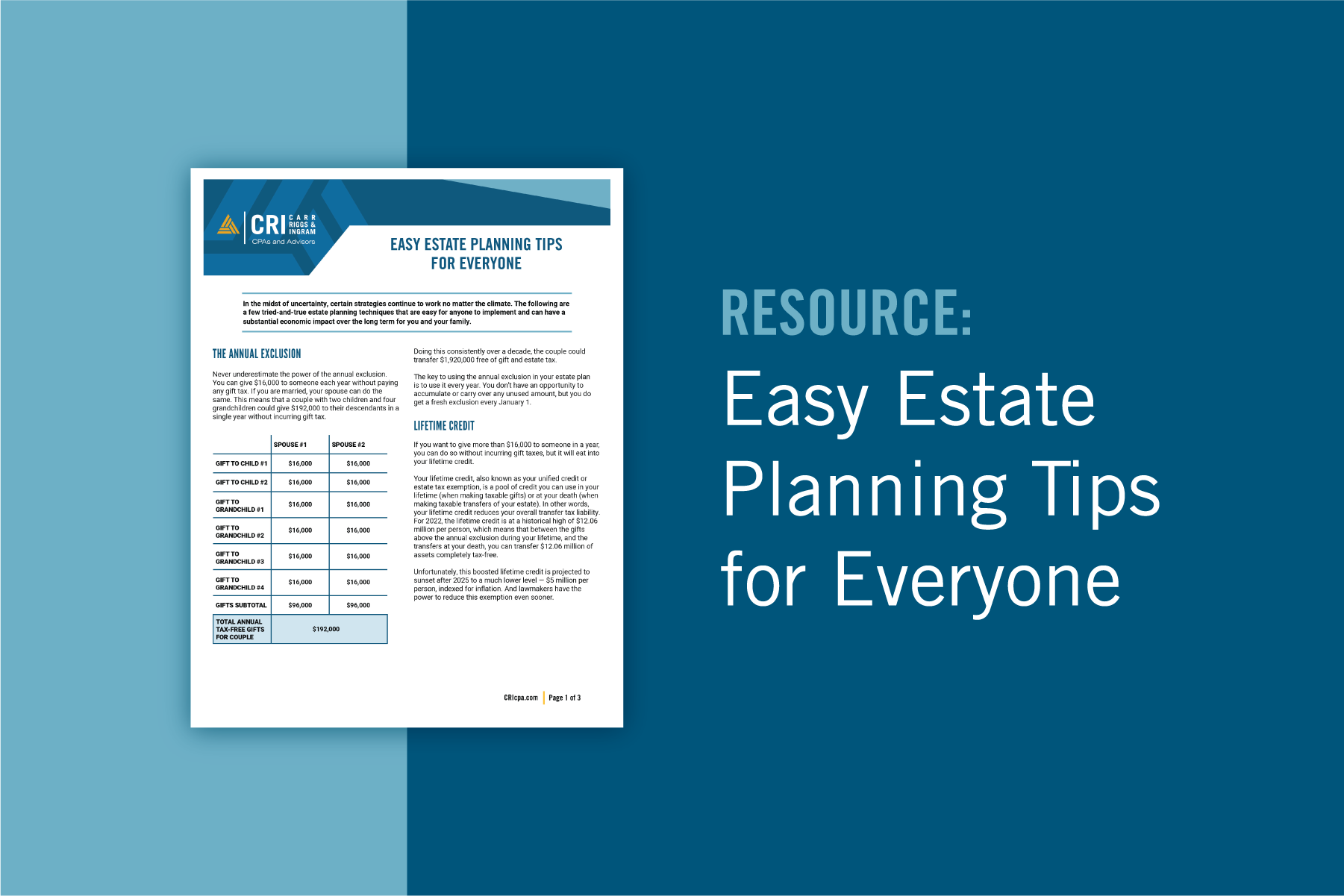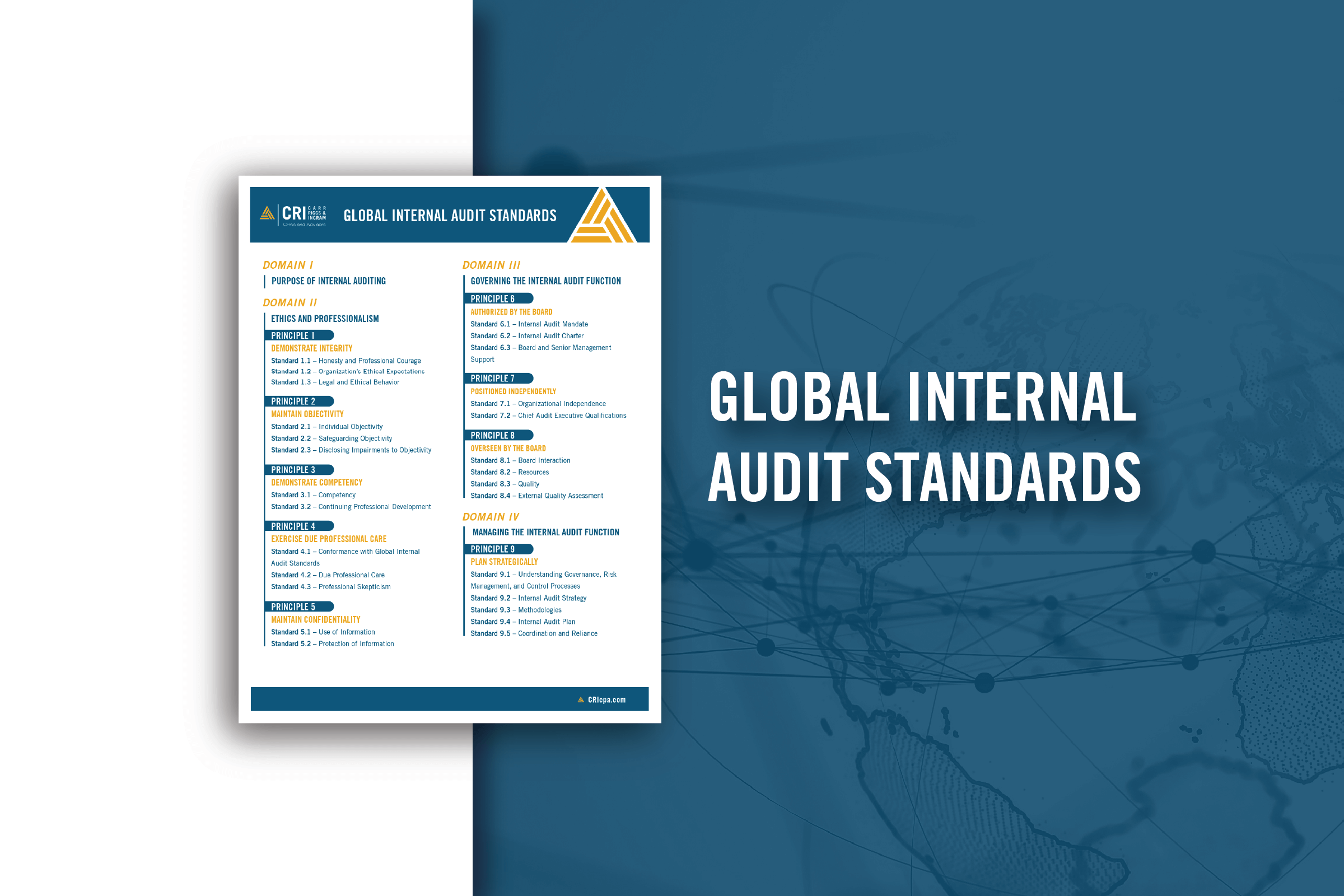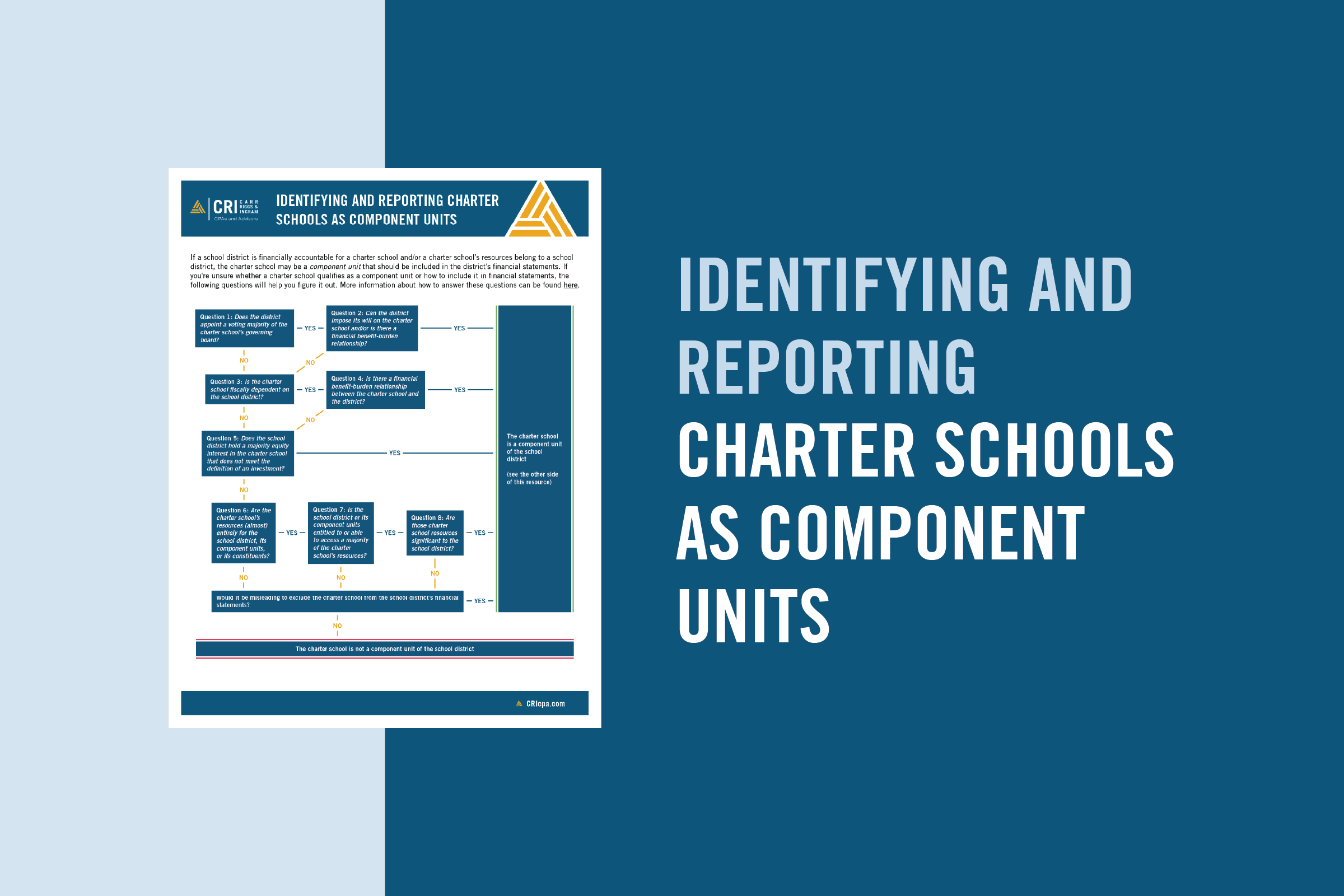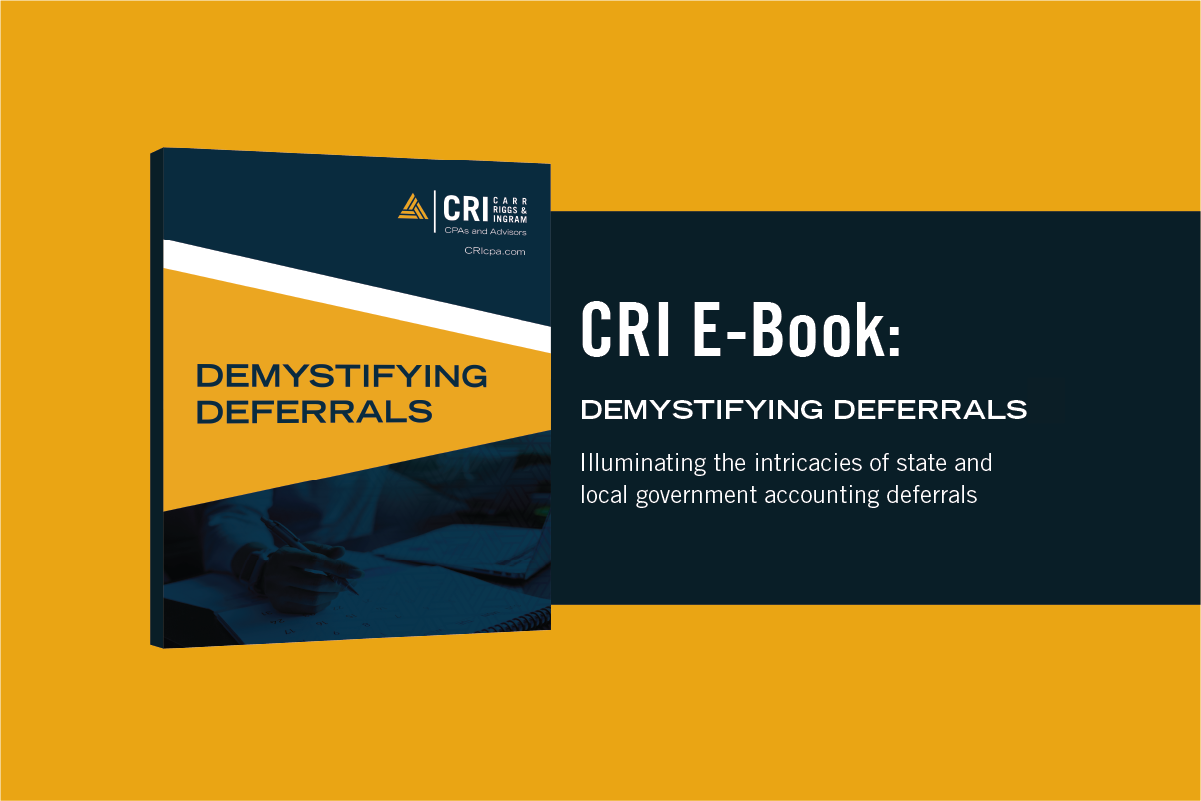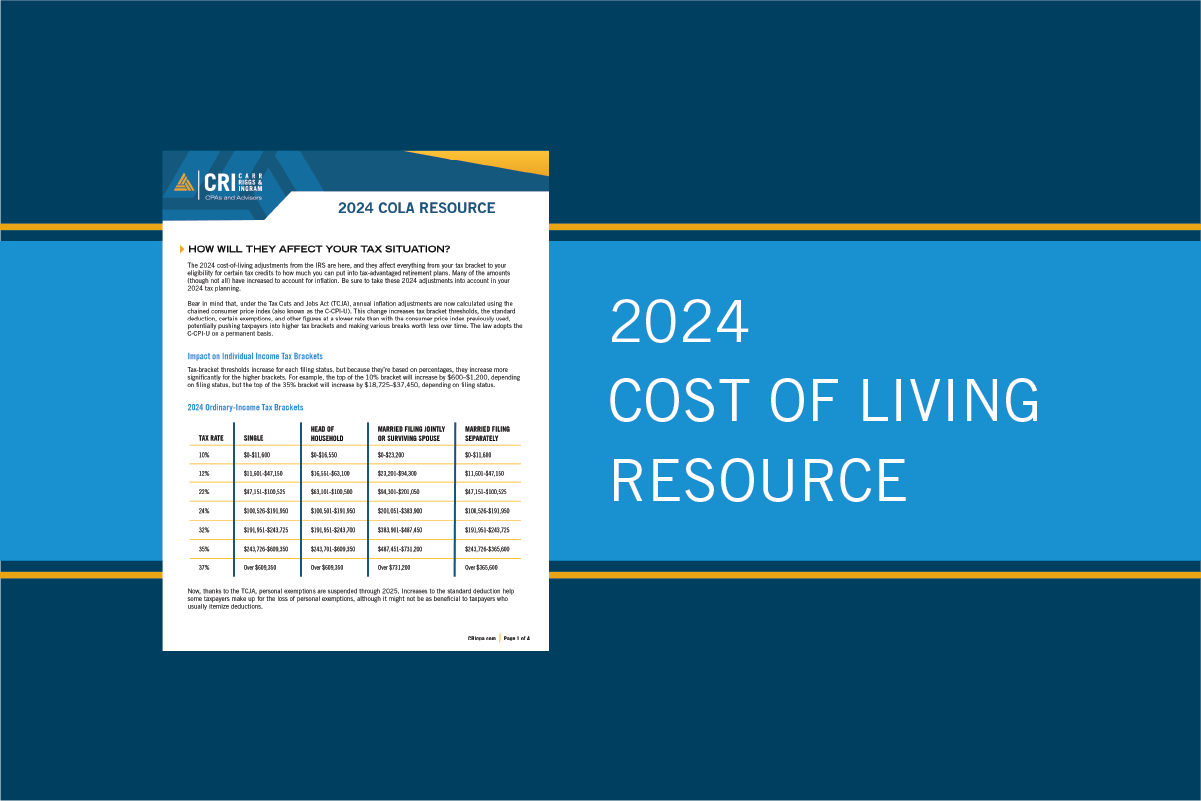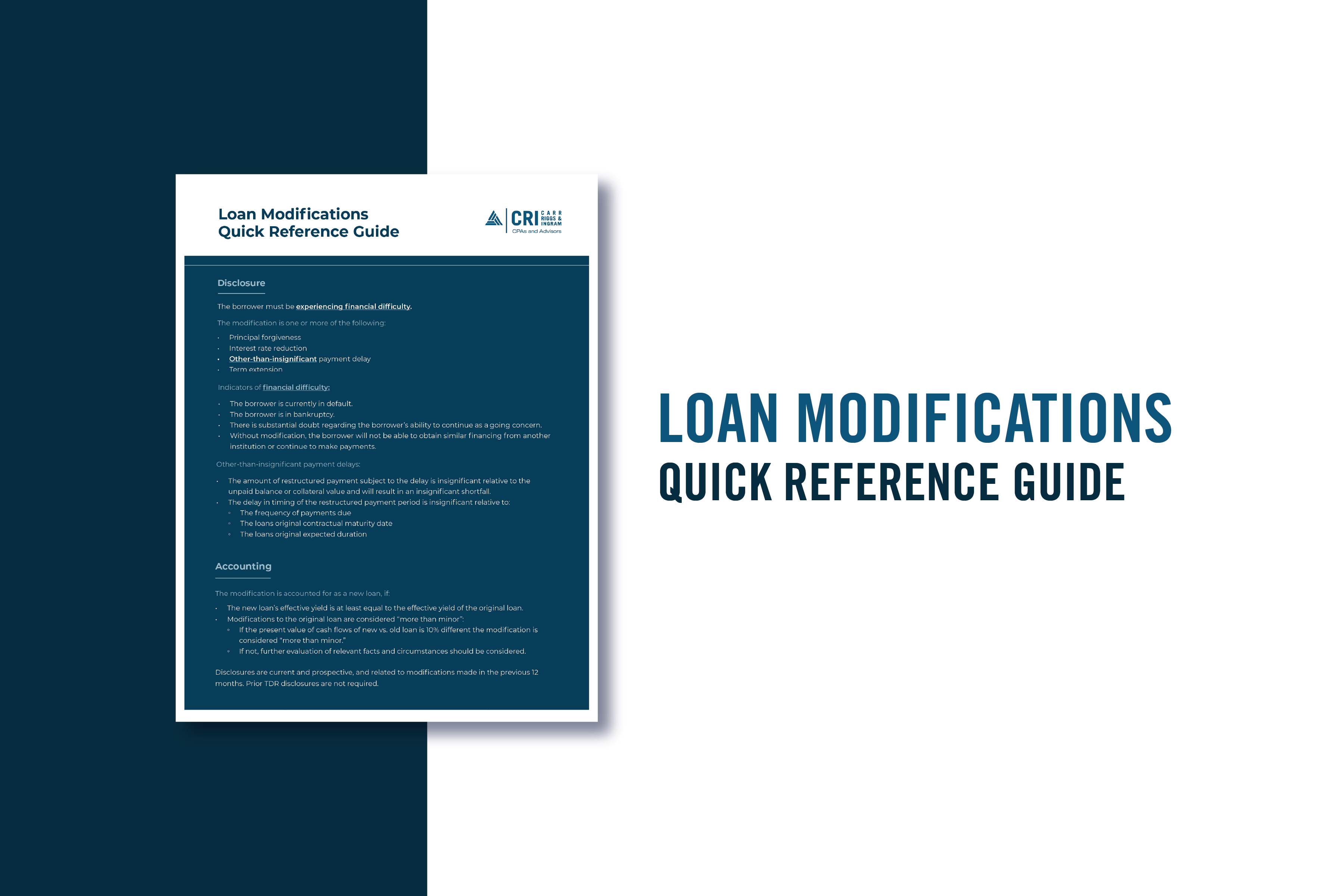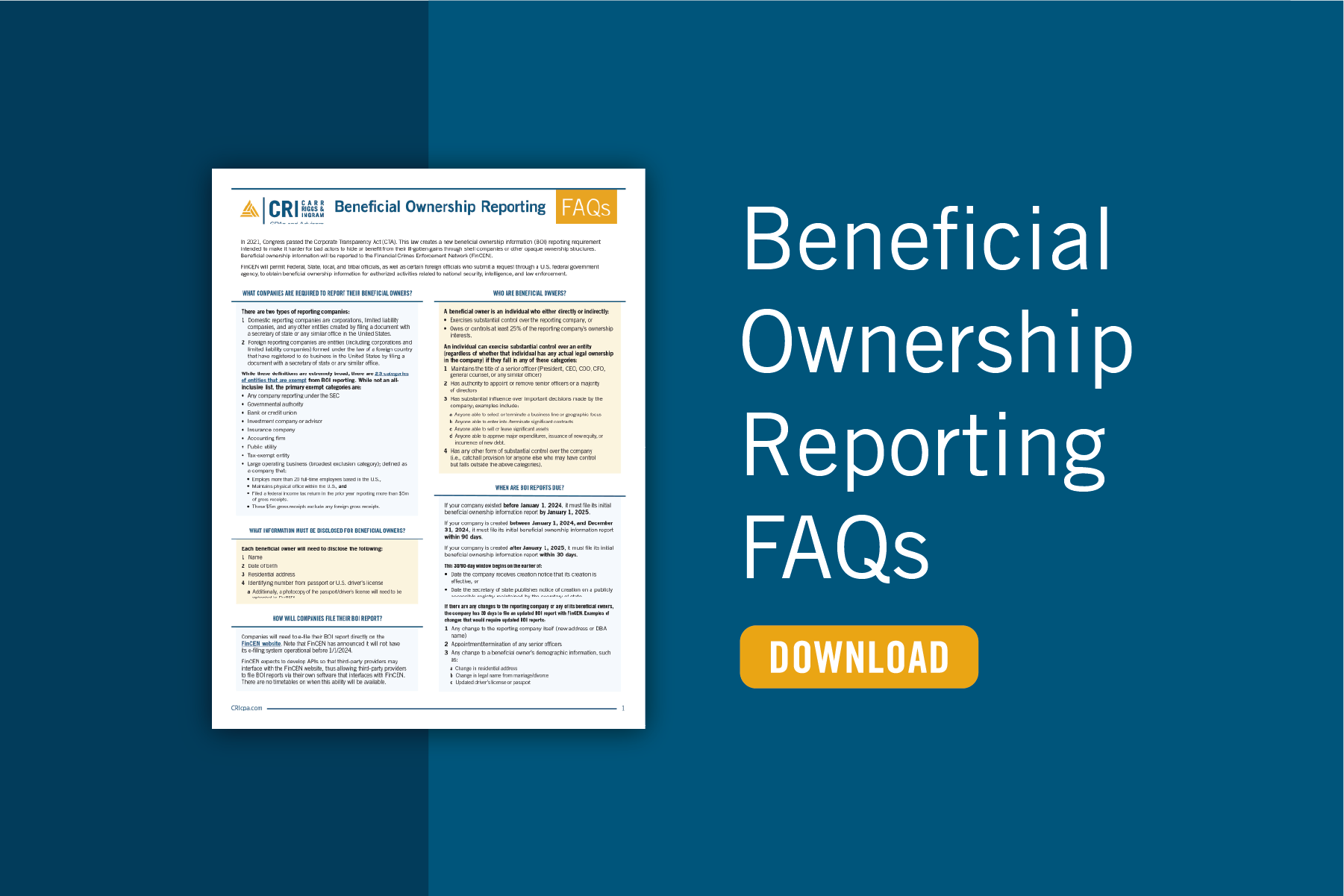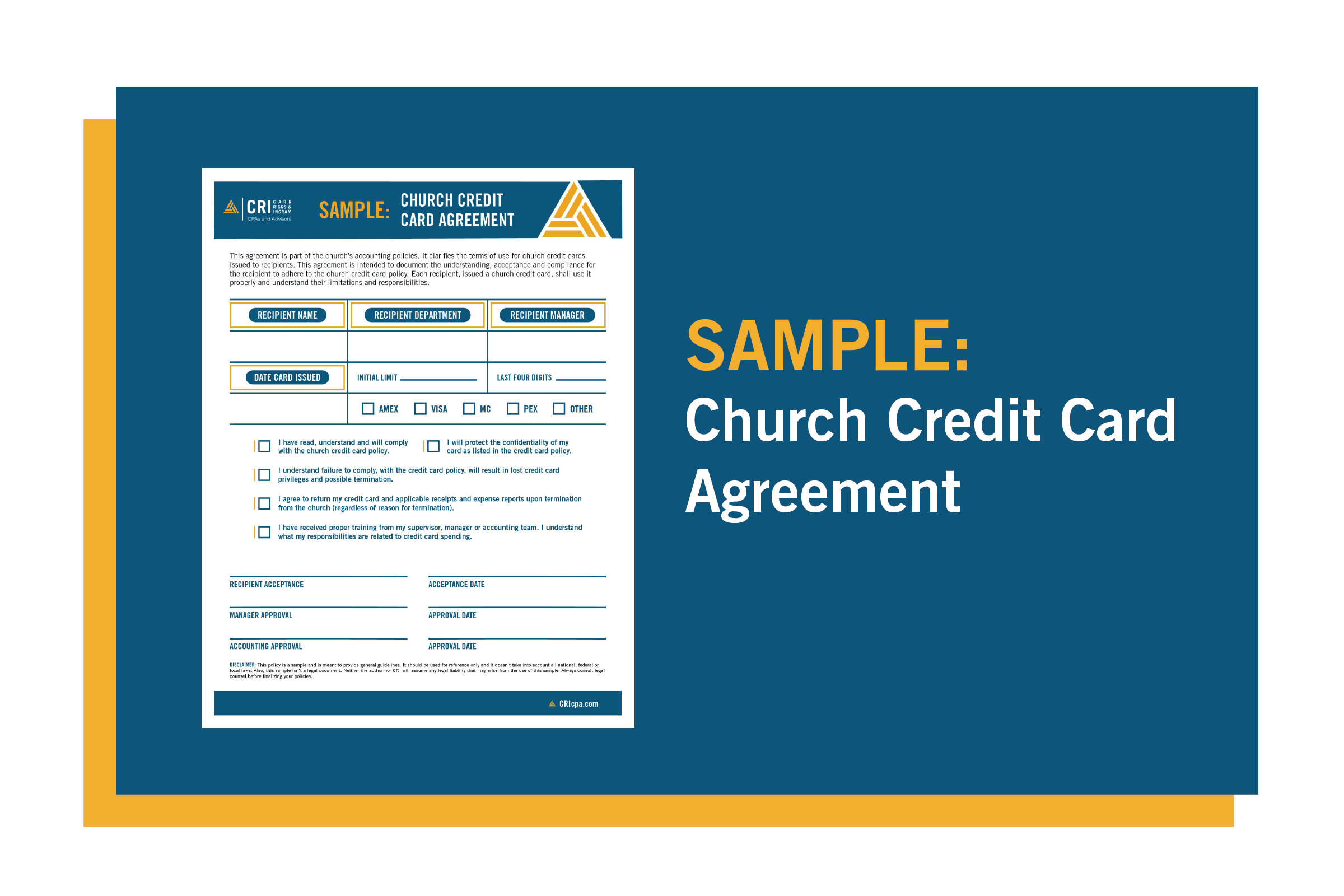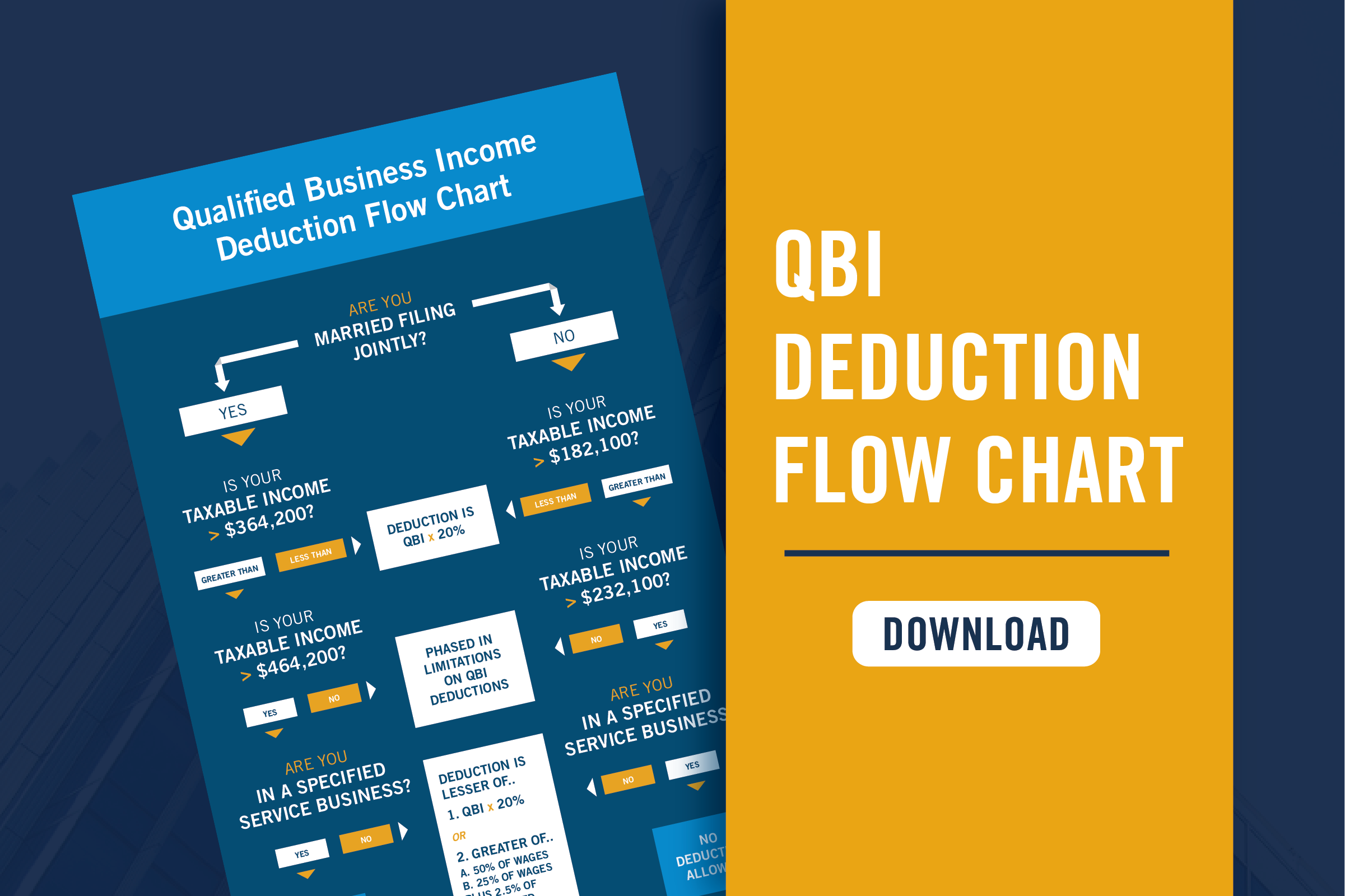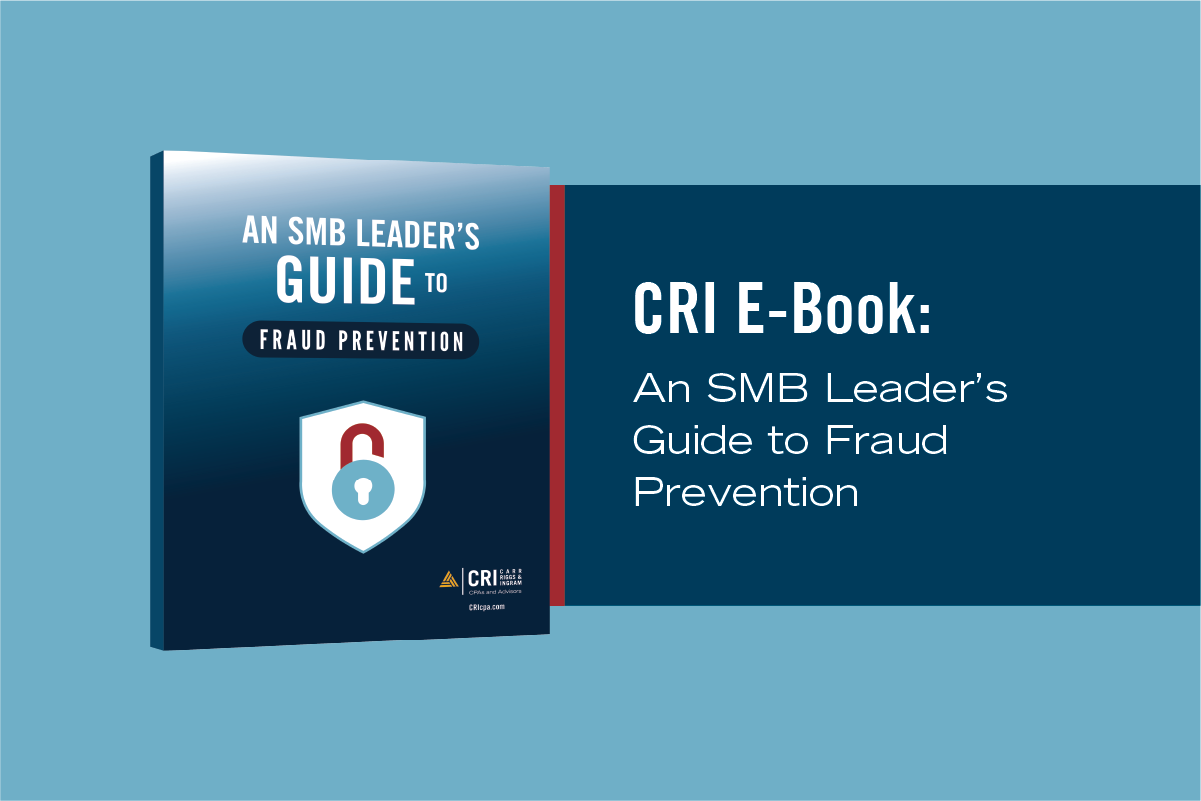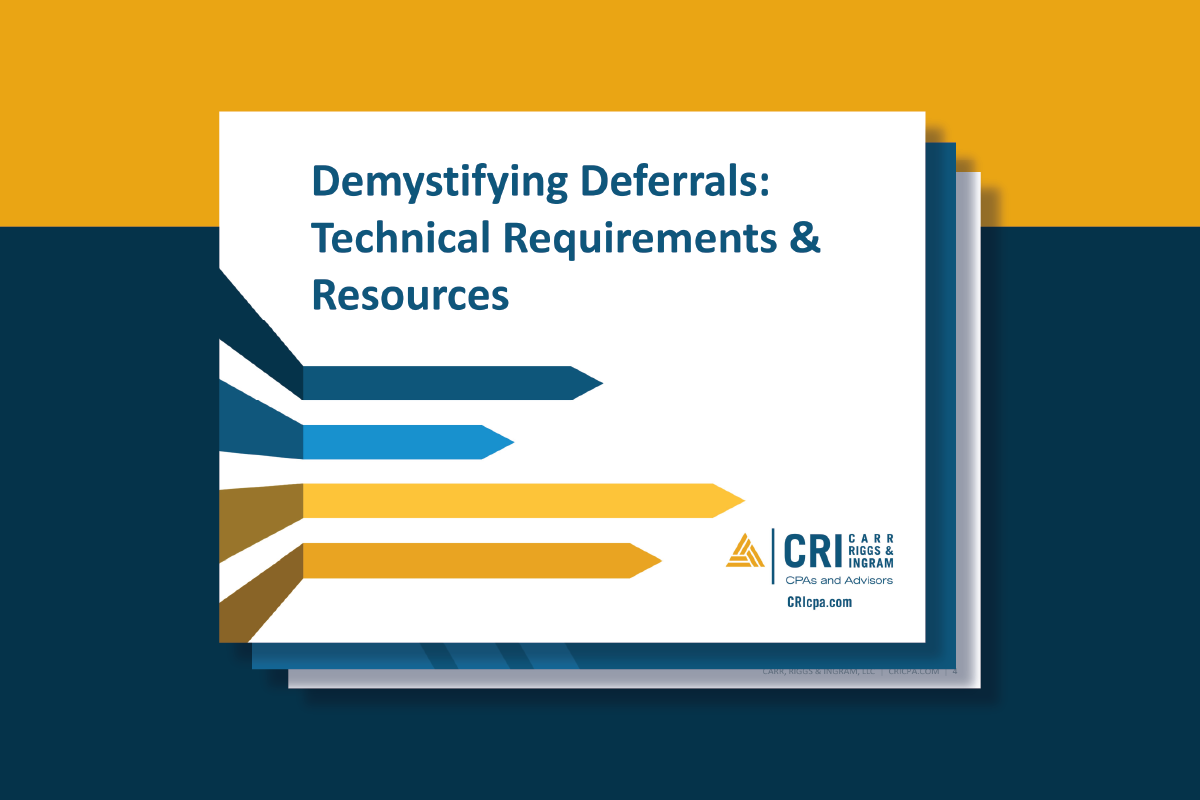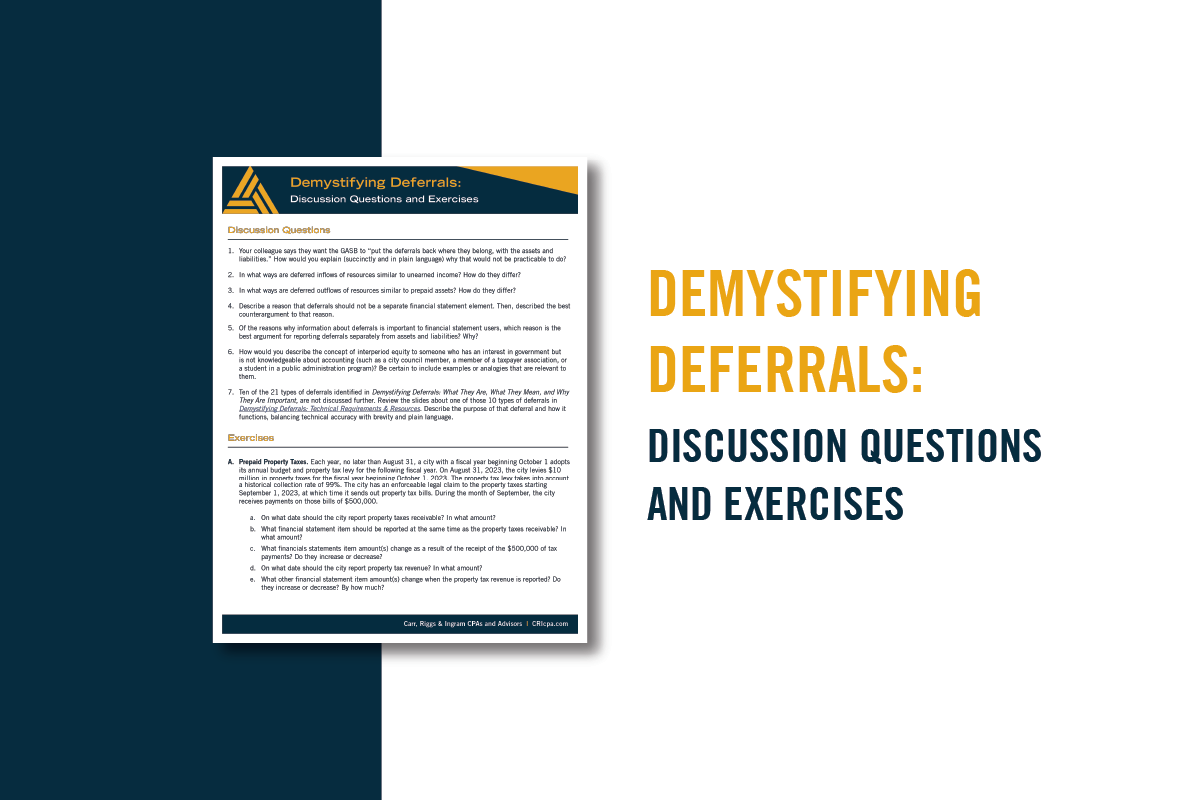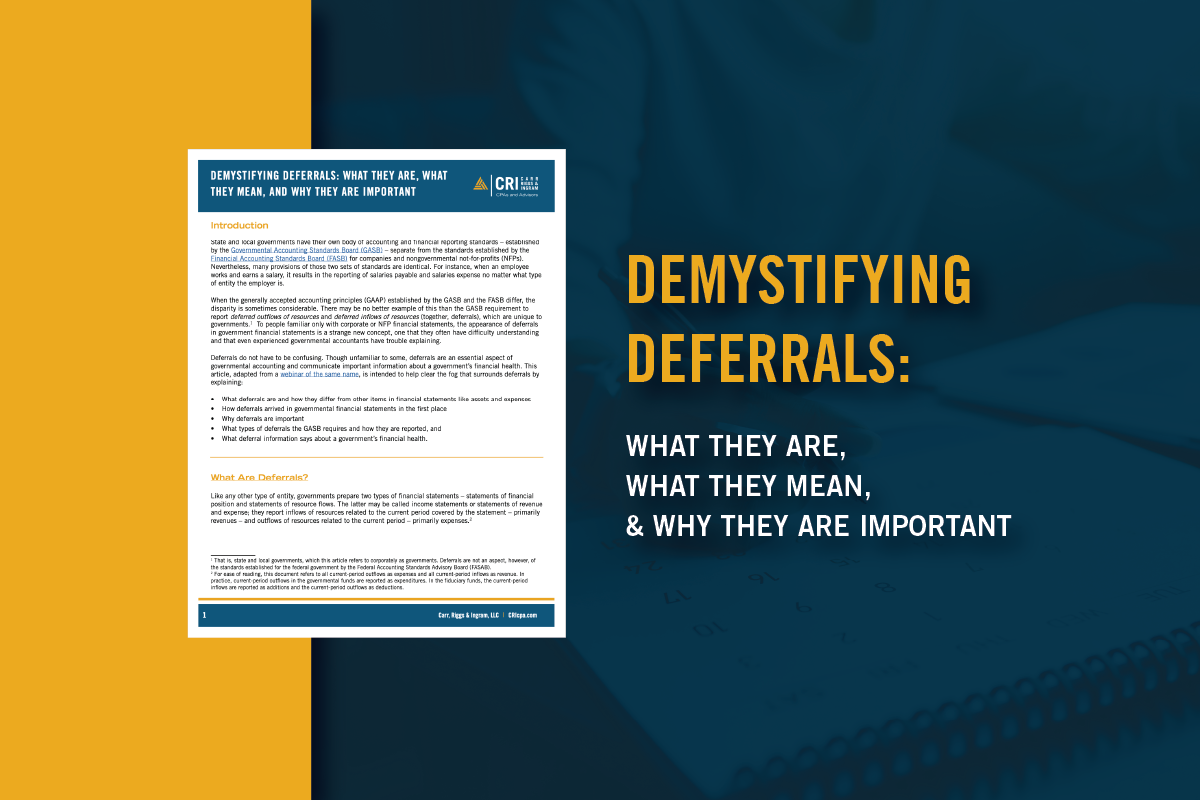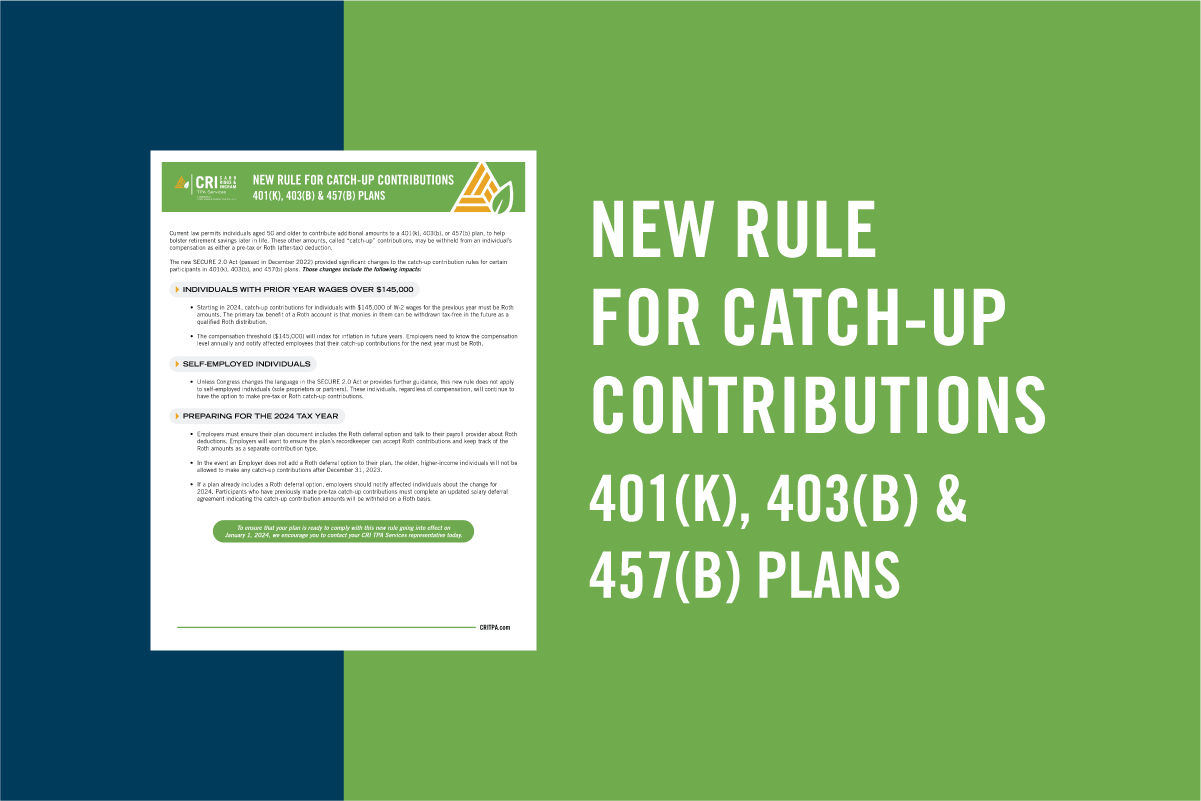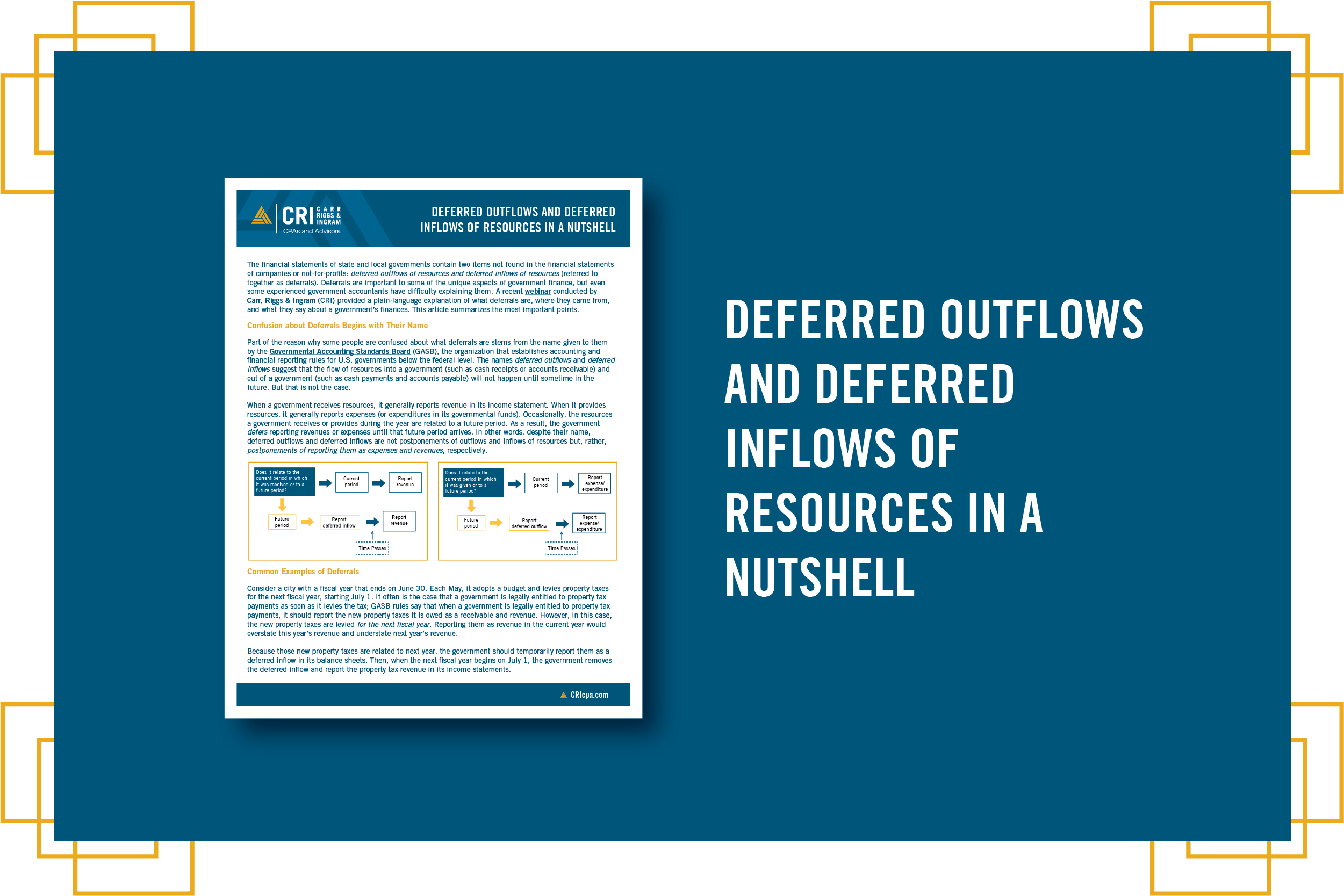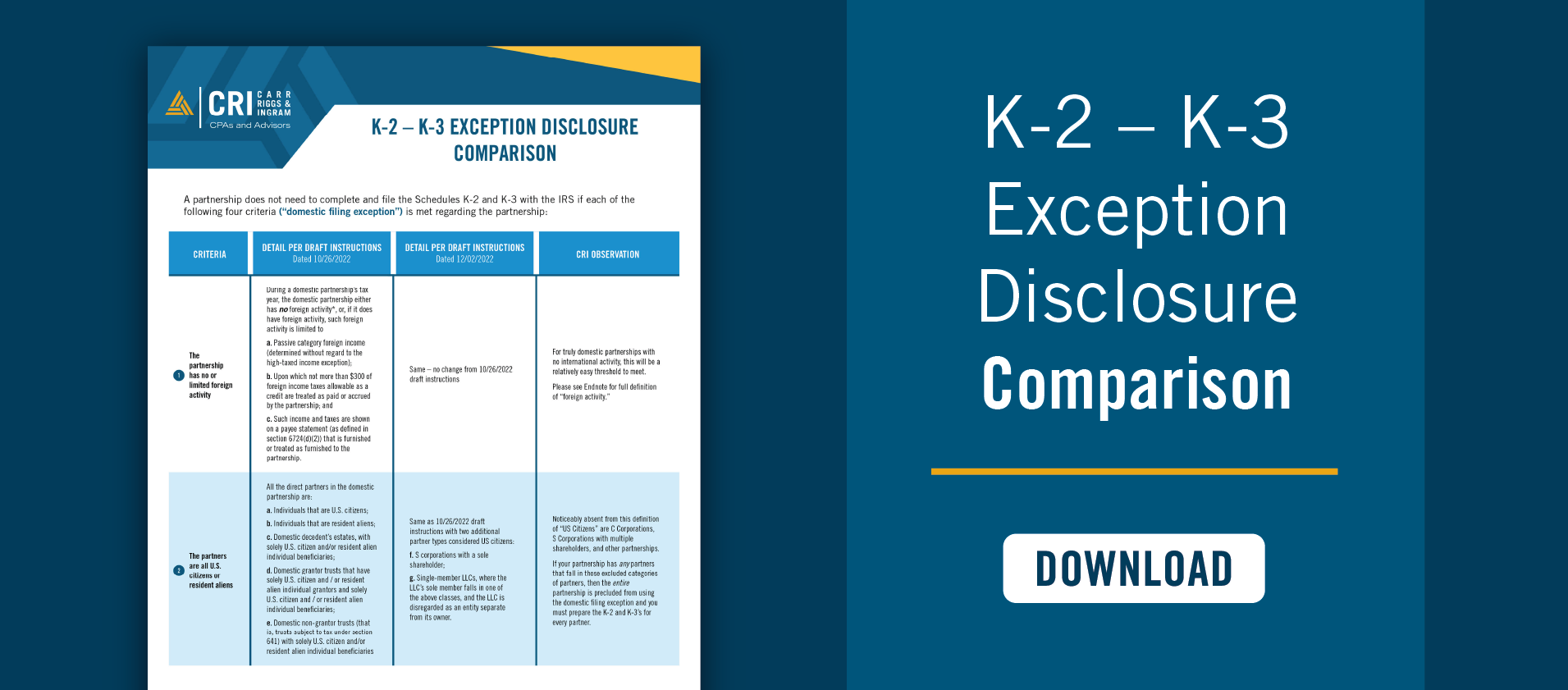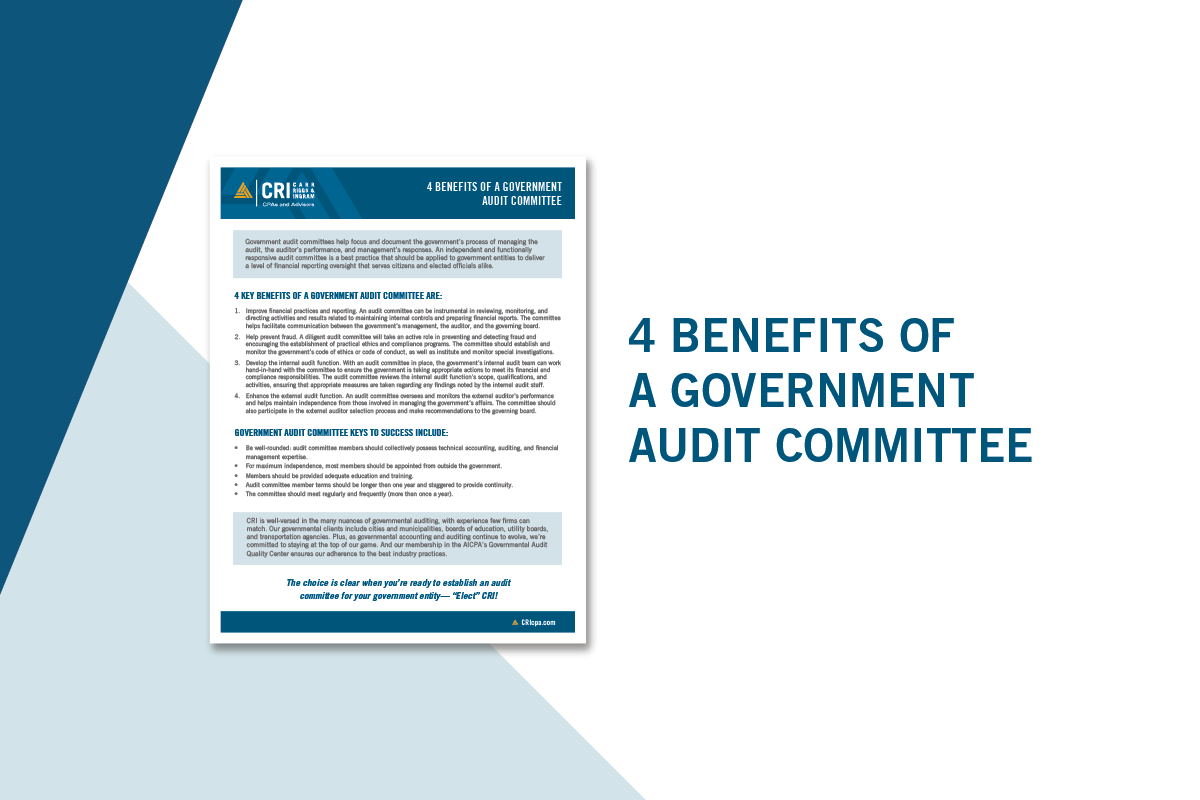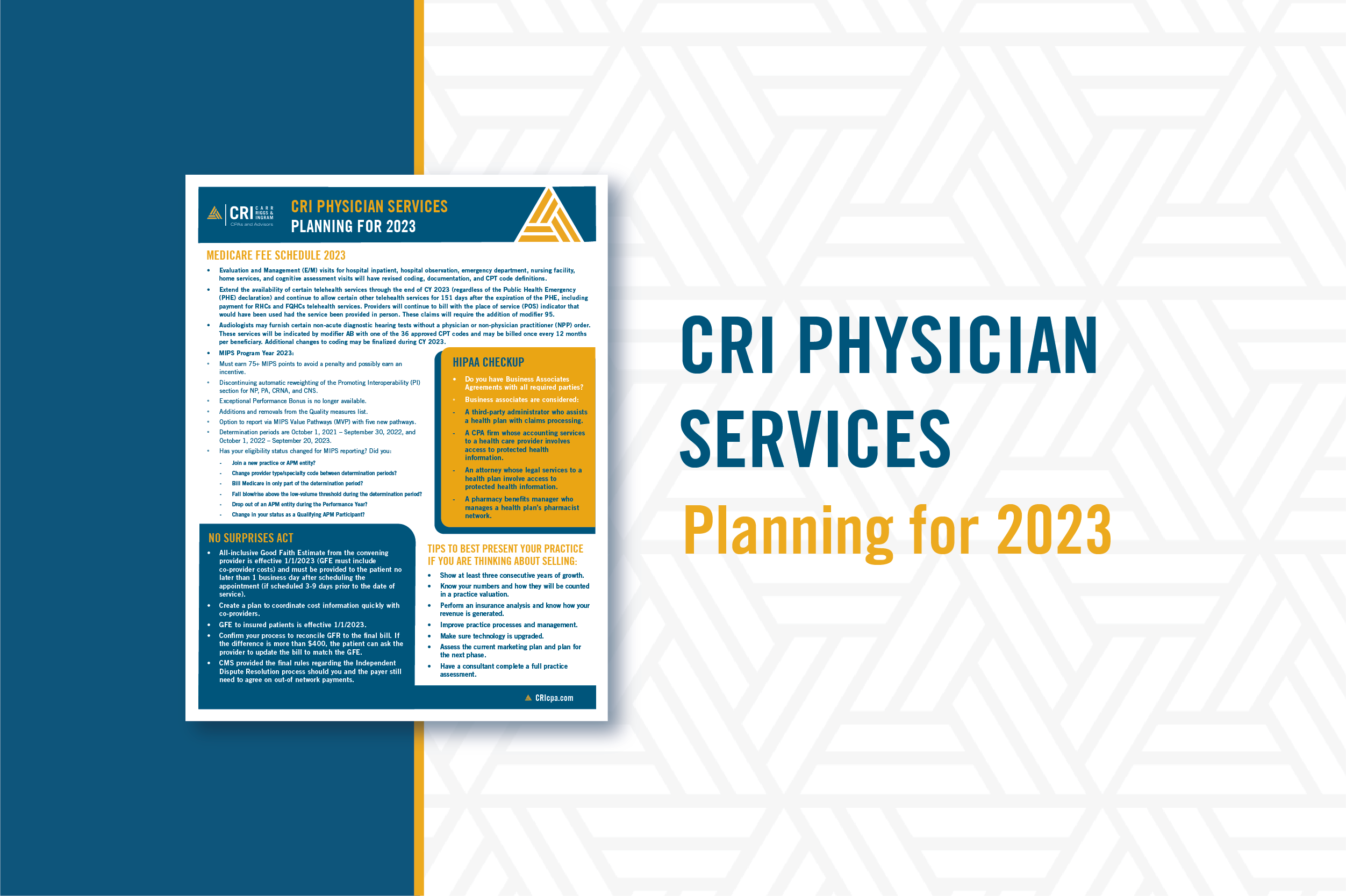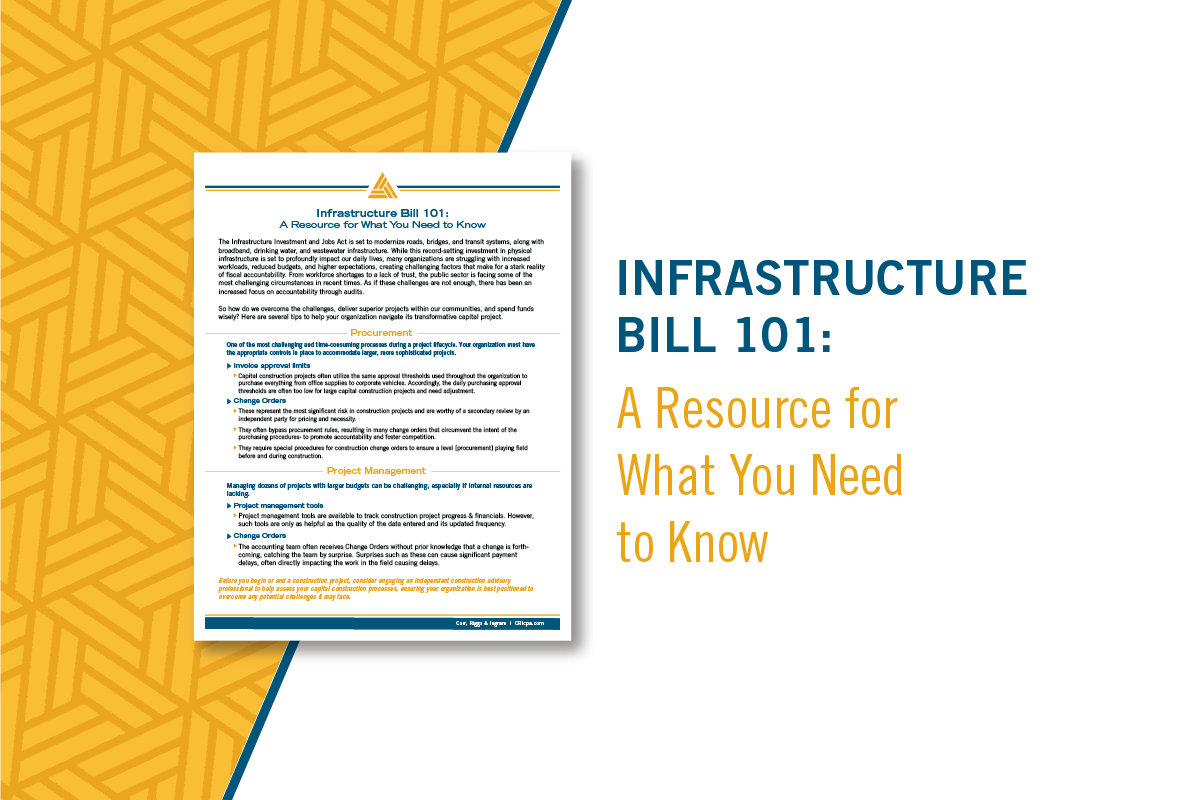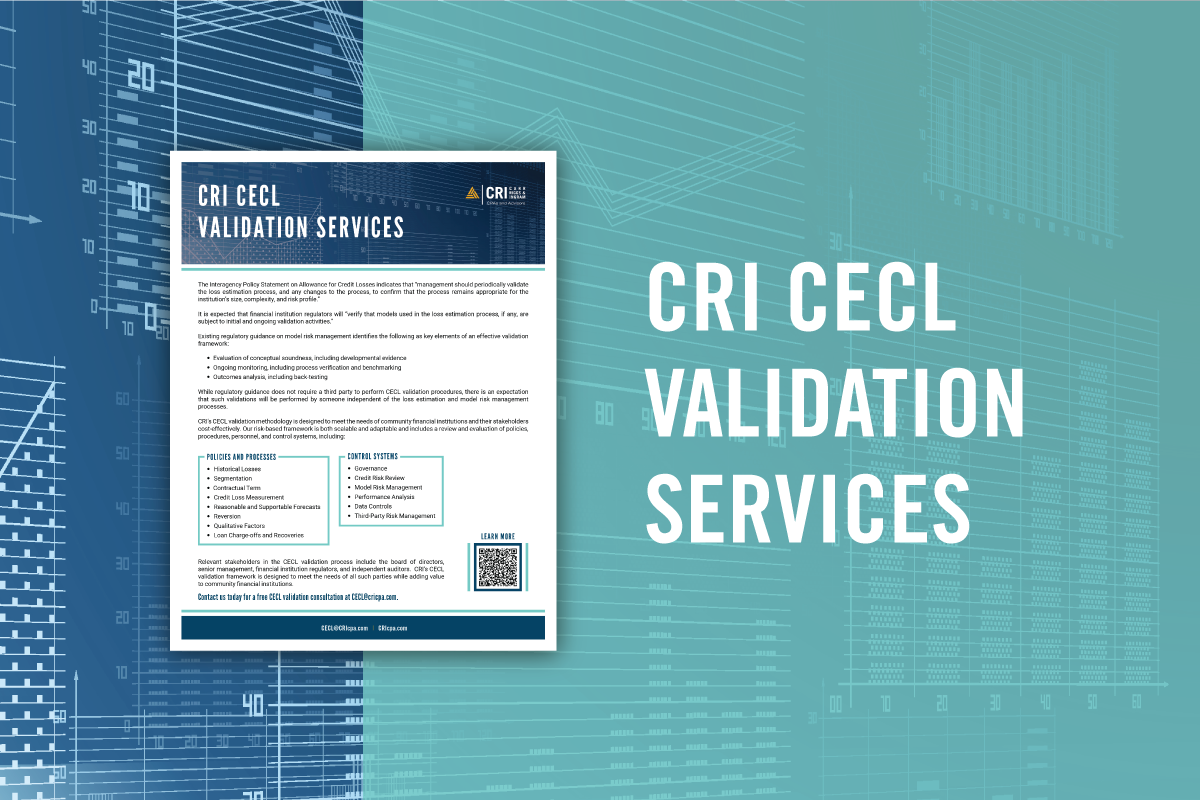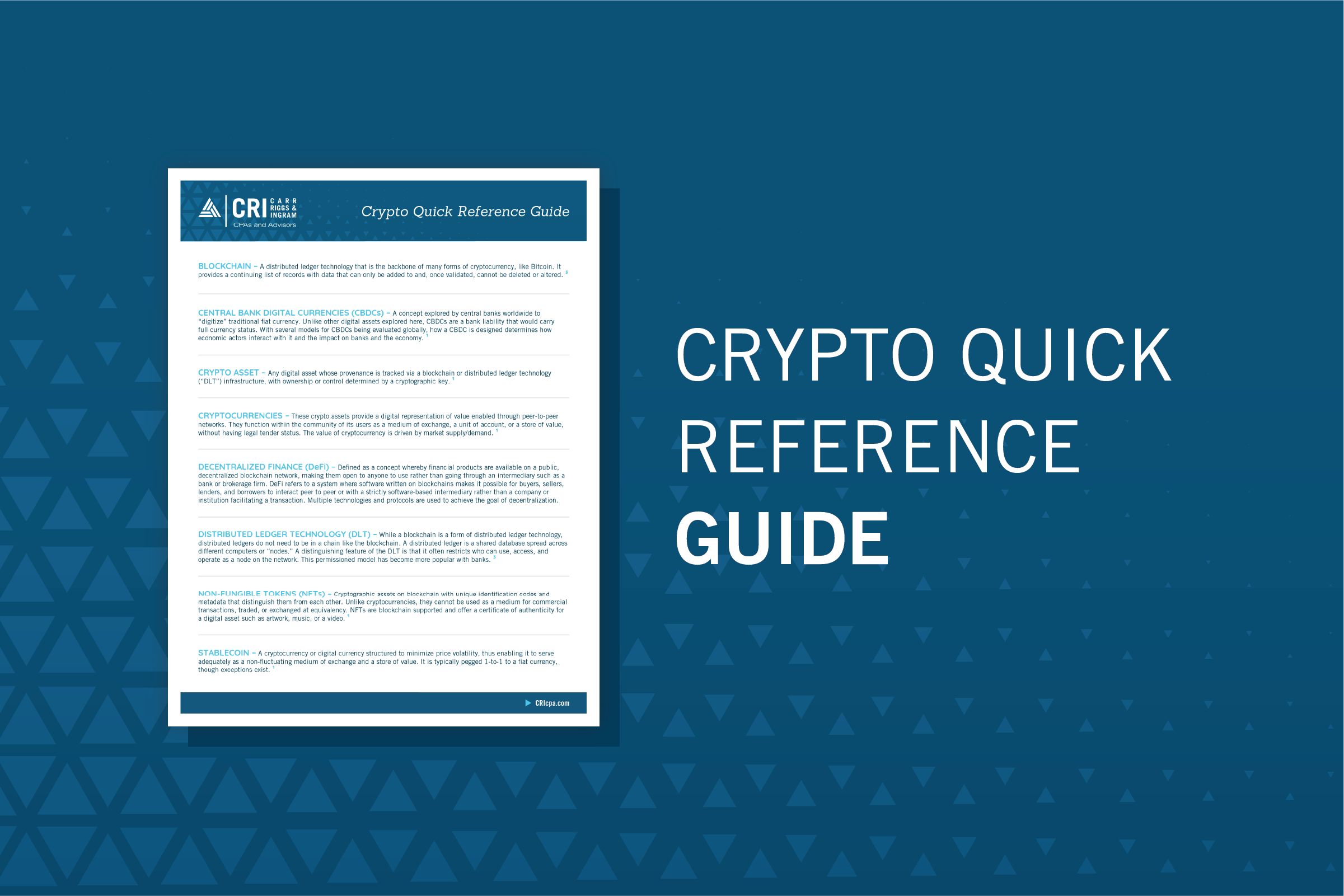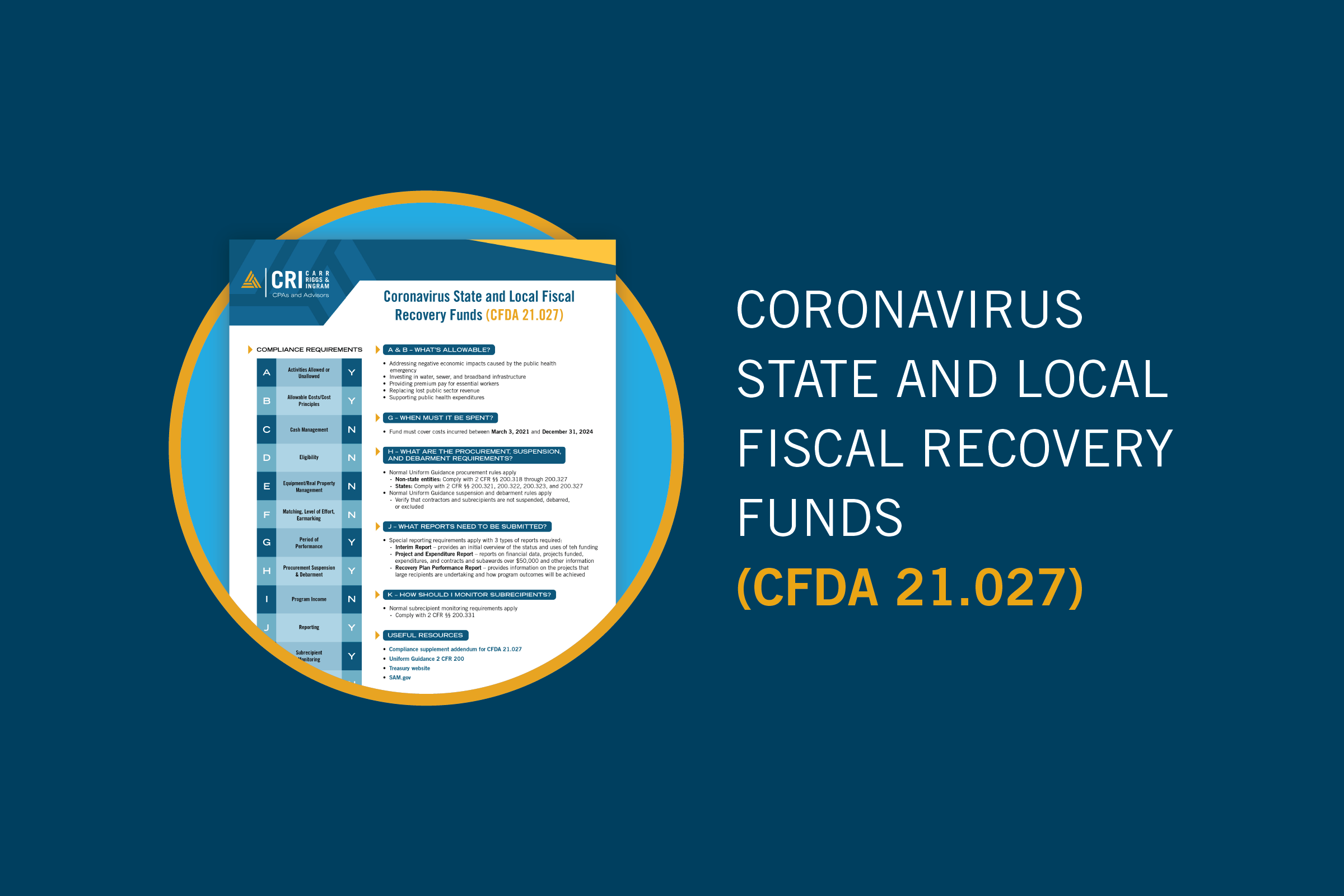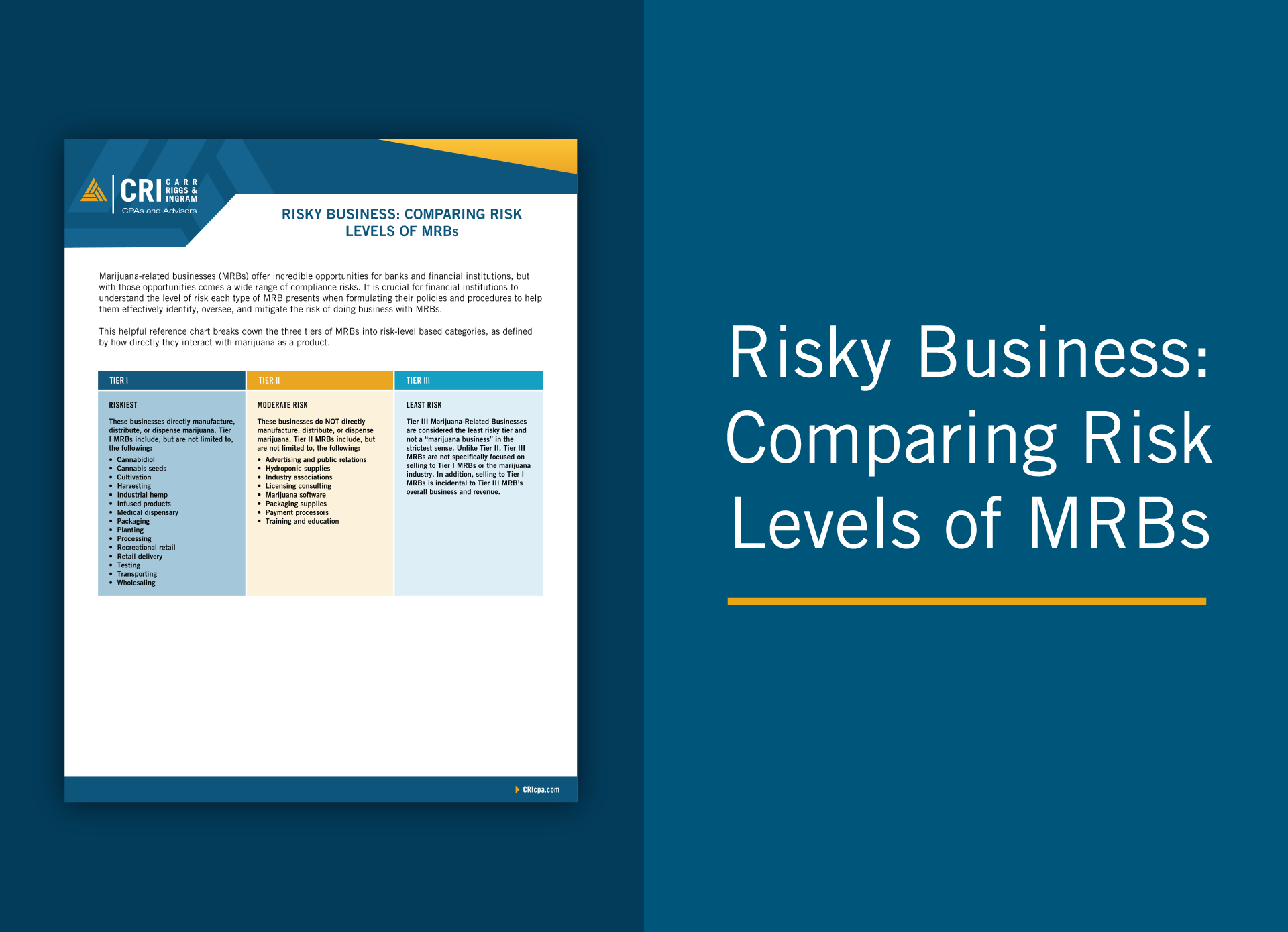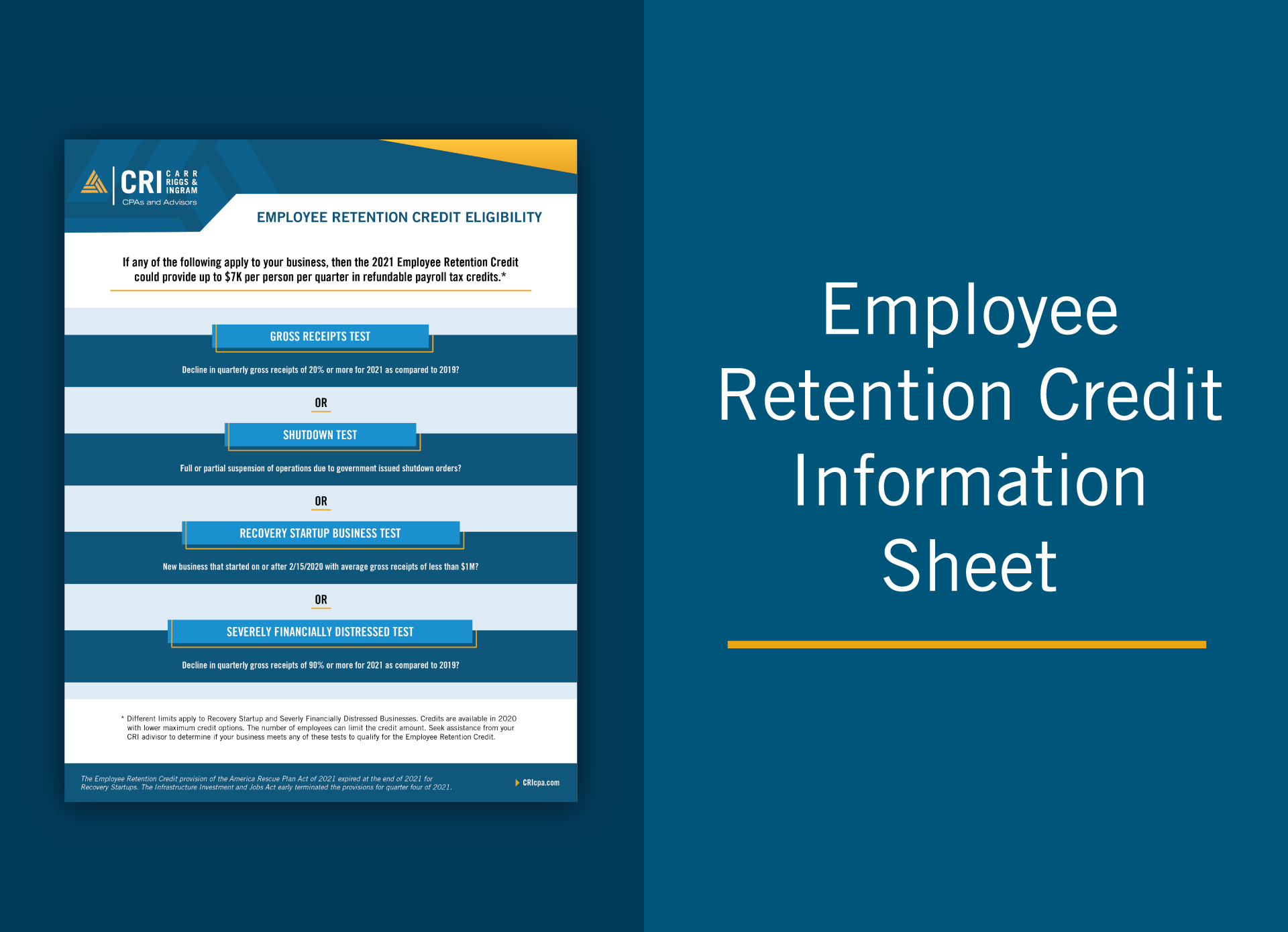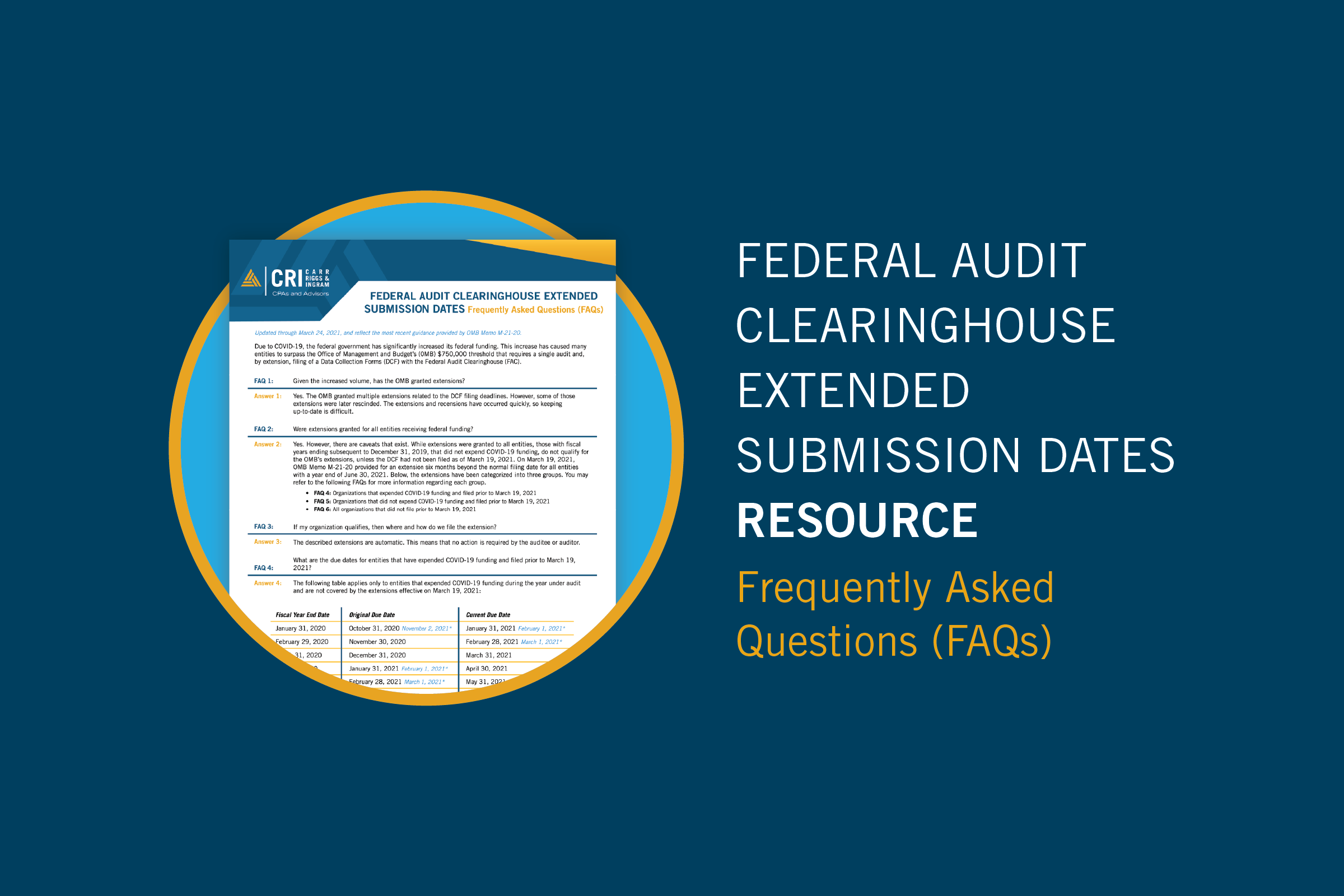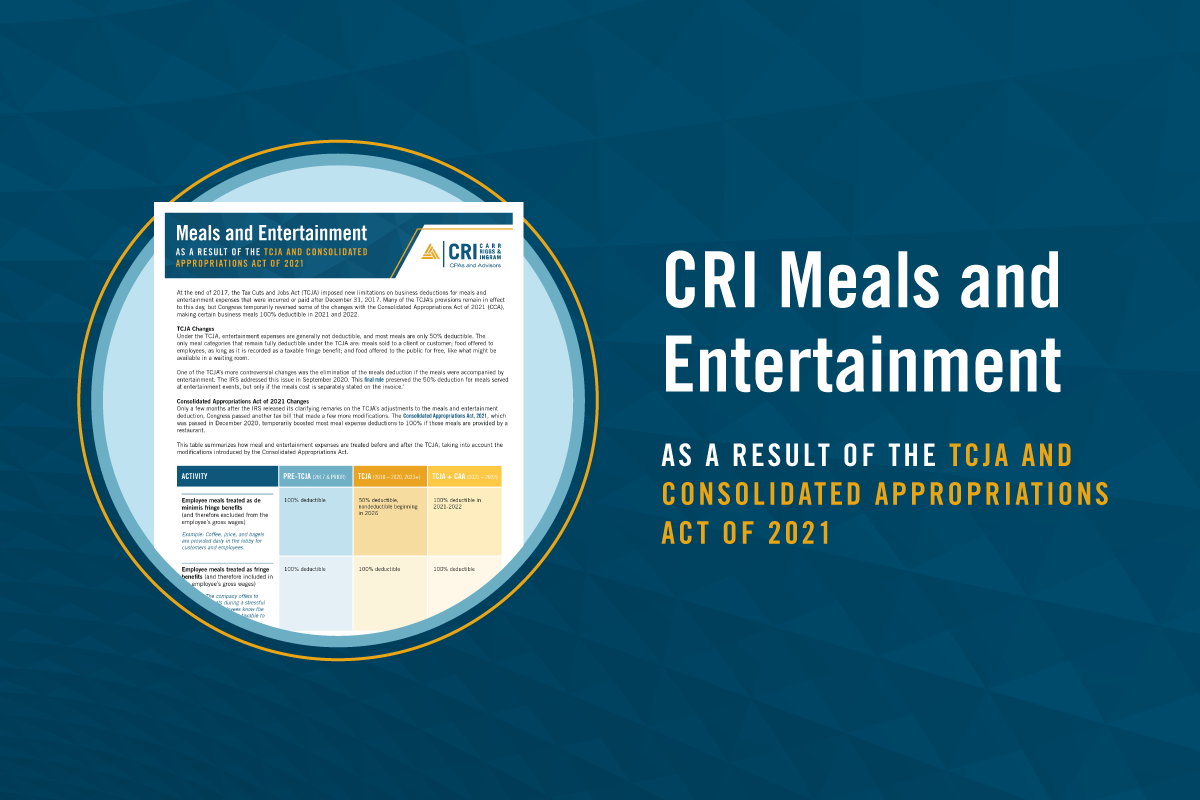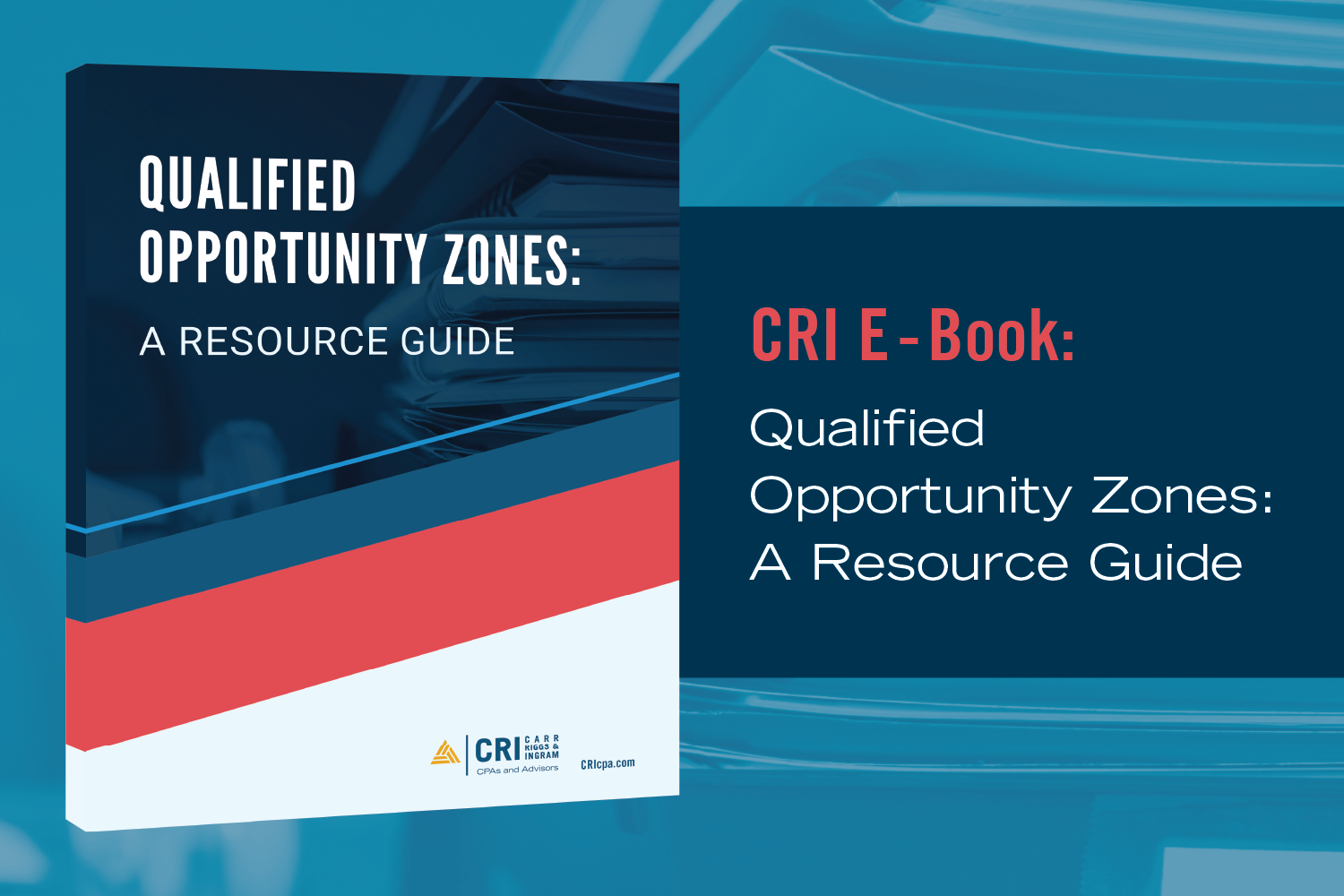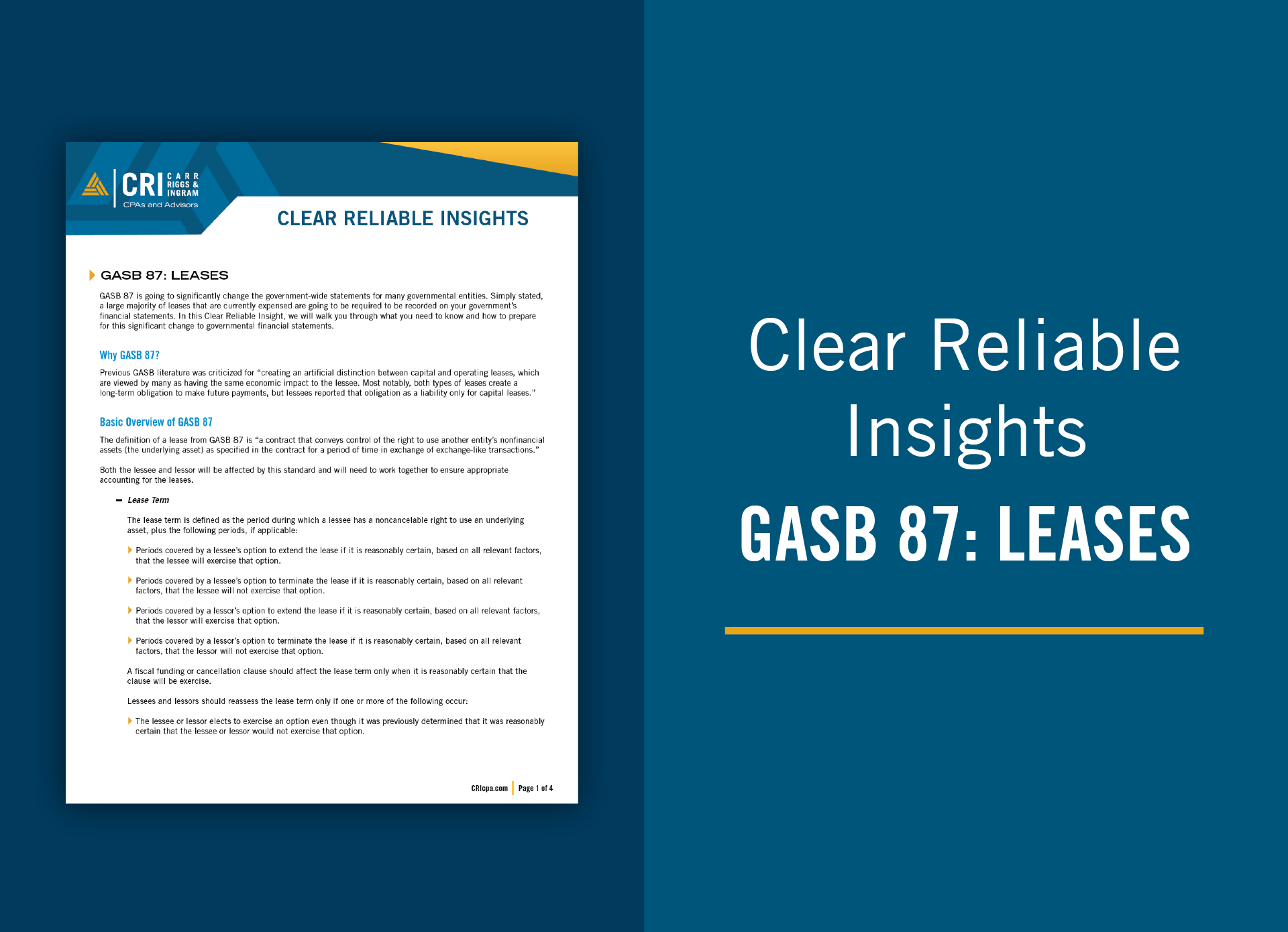How to Reduce Your Hospital’s Compliance Risk with a Payroll Plan
- Contributor
- Jose R. Aponte III
Apr 28, 2023
Do you know if your organization’s payroll is in compliance with the Fair Labor Standards Act (FLSA) overtime rules? It pays to be sure. According to the Department of Labor (DOL), a common error by healthcare employers in calculating overtime pay is failure to include bonuses, shift differentials, and other types of compensation in the regular rate of pay.
Often, these violations are oversights rather than intentional fraud. After all, payroll can be complex for any organization. Given the variety of payment codes that can go into calculating one nurse’s pay — from shift differential pay, to on-call pay, to retention bonuses and tuition stipends — it’s no surprise payroll compliance is such an area of risk for hospitals and health systems.
If you don’t have someone in your organization who is well-versed in the FLSA overtime rules, you run a significant risk of incurring the wrath of the DOL. Established to protect the rights of workers, the DOL places a high burden of proof on employers. Defendants in FLSA collective action lawsuits often incur heavy penalties, including damages amounting to double the amount of back pay due (a.k.a. “double damages”).
Proactively managing your compliance risk with a payroll internal audit can protect your hospital from the financial and reputational hit of a collective action or class action lawsuit. Just as important, it will show your employees that when there’s a mistake, you make it a priority to invest the time and resources into making it right.
FLSA Overtime Rules: What’s the Regular Rate of Pay?
Under the FLSA, employers must pay nonexempt employees at least one and a half times their regular rate of pay for all hours worked over 40 in a workweek. In organizations where employees receive only their normal hourly rate, the calculation is straightforward. However, the FLSA requires employers to include all compensation in the employee’s regular rate — or almost all. The FLSA allows employers to exclude certain categories of compensation, such as discretionary bonuses, gifts, and pay for forgoing holidays, sick days, and vacation days. Shift differentials and nondiscretionary bonuses, on the other hand, must be included in the regular rate of pay.
In a final rule that became effective January 15, 2020, the DOL updated the regulations regarding specific types of pay that should and should not be incorporated into an employee’s regular rate. For example, the rule clarified that when an employee is called back to work after the end of the normal shift, wages for the additional hours worked should be included in the regular-rate calculation. However, if the employee is paid for a minimum number of hours, but actually works fewer hours, any pay in excess of hours actually worked may be excluded from the regular rate.
Overreliance on Payroll System Can Create Compliance Risk
Clearly, calculating payroll in a hospital or health system is a complex endeavor. For better or worse, many healthcare leaders rely heavily on their organization’s payroll system to get it right. From the perspective of generating accurate payroll records, these systems perform admirably. However, if a system isn’t appropriately configured to comply with FLSA overtime rules, or if new pay codes aren’t going through the proper channels, then your organization is courting significant payroll compliance risk. All it takes is one distracted or ill-trained employee who neglects to click a box — or clicks the wrong one — to set in motion a chain of events that can end in costly litigation.
Does Your Hospital’s Payroll Comply with Labor Laws?
Given the complexity of the overtime calculation, every hospital and health system should engage an employment law specialist to analyze payroll compliance with the FLSA. If your organization has not undertaken such a review before, start with a comprehensive review of all payroll codes. Working together with the HR department, the labor lawyer will evaluate which codes should be included in the regular rate of pay, and which ones should not.
Healthcare organizations should also engage an employment law specialist to review new payroll codes before they are implemented. If keeping an employment law specialist on retainer for such an ad hoc review is too expensive, then consider engaging an annual review of payroll codes that were created that year. In any case, the legal specialist should help train the payroll team in how to properly set up payroll codes and define their parameters.
Payroll Internal Audit: Understand What’s at Risk
Following the roadmap created by the legal review, your organization will need to determine the full depth and breadth of the issue. Is the problem limited to just a few employees? If so, then you can likely run the calculation internally, pay the employees back wages plus reasonable interest, and move on. But in more cases than not, the problem will apply to many employees over a long period of time. In the latter scenario, you will need to conduct a payroll internal audit.
The purpose of this internal audit is to determine the impact to your organization of payroll noncompliance. If your organization does not have an internal audit department, then look to your outside accounting firm. In either case, the individual conducting the audit needs a strong finance background and a thorough understanding of payroll calculations in the healthcare arena. Keep in mind that if you do end up going to court, using an independent CPA can go a long way toward giving the court and opposing counsel comfort with the accuracy of the payroll recalculation process.
Pull Back the Covers to Mitigate Compliance Risk
If your healthcare organization hasn’t yet had a payroll dispute, it can be tempting to assume that no news is good news. Although it’s difficult to pull back the covers, leaving these errors to be uncovered by the DOL or a class action lawsuit is playing with fire. At a time of turmoil in the healthcare employment space, discovering that employees have been underpaid for months or years could deal a devastating blow to staff morale.
Are you ready for a comprehensive review of your healthcare organization’s payroll codes? Contact your CRI advisors. We can put you in touch with reputable employment attorneys, and we have the experience and resources to perform a comprehensive recalculation.

